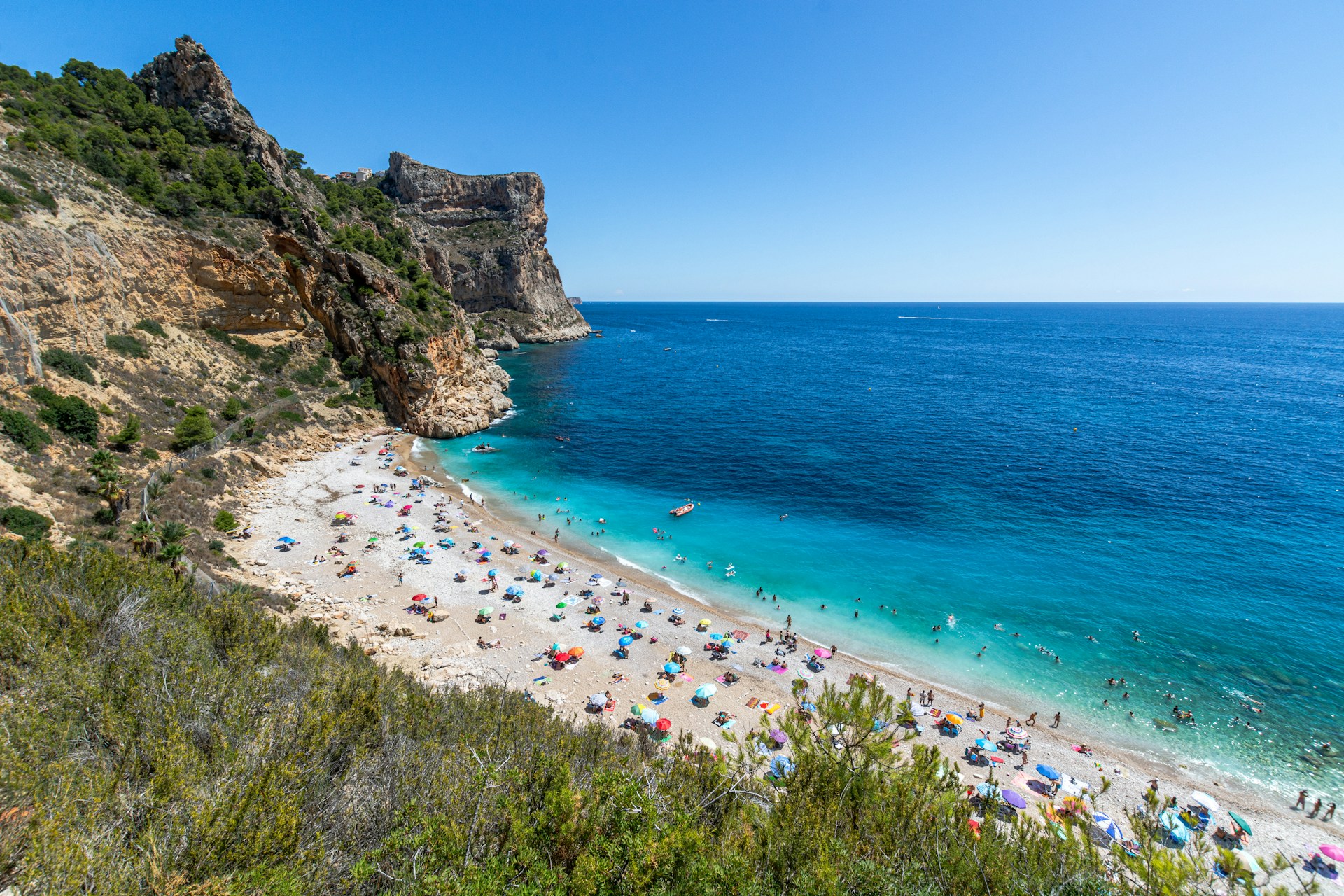Ready for a Spanish adventure? Spain offers travelers a rich blend of history, culture, and stunning landscapes. From Madrid's buzzing streets to Barcelona's sun-kissed beaches, there's a slice of paradise for everyone. But before you jet off on your first trip to Spain, here are some essential tips to ensure a smooth experience.

Table of Contents
Spain Travel Tips
Language
Spanish is the official language, but English is widely spoken in tourist hotspots. Brush up on basic Spanish phrases to enhance your experience and connect with locals. Don't forget to download a translation app for hassle-free communication.
Currency
The Euro is the currency used in Spain. While credit cards such as Visa and Mastercard are widely accepted, carrying some cash for those quaint village shops or beachside bars (chiringuitos) is wise. Also, before you leave home, verify which of your credit cards (if any) have no foreign transaction fees so you can use those. And it's always a good idea to inform your bank about international travel plans to avoid any unexpected hiccups.
Climate
Spain boasts a Mediterranean climate with warm summers and mild winters. But the weather can vary. Coastal areas offer gentle breezes, while inland spots might surprise you with scorching heat or chilly winds. Check the forecast and pack accordingly.
Cultural Etiquette
Spanish culture is known for its warmth, hospitality, and emphasis on socializing and having fun. When interacting with local people, be humble and observe cultural norms. Greetings typically include a handclasp or two kisses on the cheek (starting with the left cheek). It's also customary to say “please” (por favor) and “thank you” (gracias) when making requests or expressing gratitude.

Eating Out
Spanish cuisine is world-renowned for its variety, with each region having specialties and cooking procedures. When eating out, lunch is typically served between 1:30 p.m. and 3:30 p.m., and dinner begins around 8:30 p.m. or later. Tapas, small plates of snacks, are a customary dining choice and an easy way to sample diverse dishes.
Health and Safety
Spain's healthcare is top-notch, with public and private hospitals available nationwide. European Union citizens, bring your EHIC for emergency care. For non-EU travelers, ensure your travel insurance covers medical needs. Stay vigilant to avoid petty theft, especially in crowded spots.
Conclusion
Spain is a vibrant blend of ancient wonders, delicious food, and lively culture. With these tips in hand, you're set for an unforgettable journey. Whether you're exploring cities, lounging on pristine beaches, or hiking scenic trails, Spain promises to enchant and inspire. Get ready to create lasting memories in this beautiful land!
FAQ
1. Do I need a visa to go to Spain?
Visitors from the United States and European Union often don't need a visa for short trips to Spain, but always verify visa requirements based on your nationality and trip purpose.
2. What is the ideal period to visit Spain?
The best time to visit Spain varies, but spring (April to June) and fall (September to November) typically offer mild weather and smaller crowds.
3. Is it safe to drink tap water in Spain?
Yes, drinking tap water in Spain is safe, especially in major cities and tourist areas. However, some may prefer bottled water for peace of mind.
_____
This story is brought to you in partnership with Omio.
This post was written by a guest contributor. Please reference the author's byline in the post above for more information. If you would like to guest post on Go Backpacking, please read our submission guidelines. For information on advertising opportunities, go here.
Planning a trip? Go Backpacking recommends:
- G Adventures for small group tours.
- Hostelworld for booking hostels.
